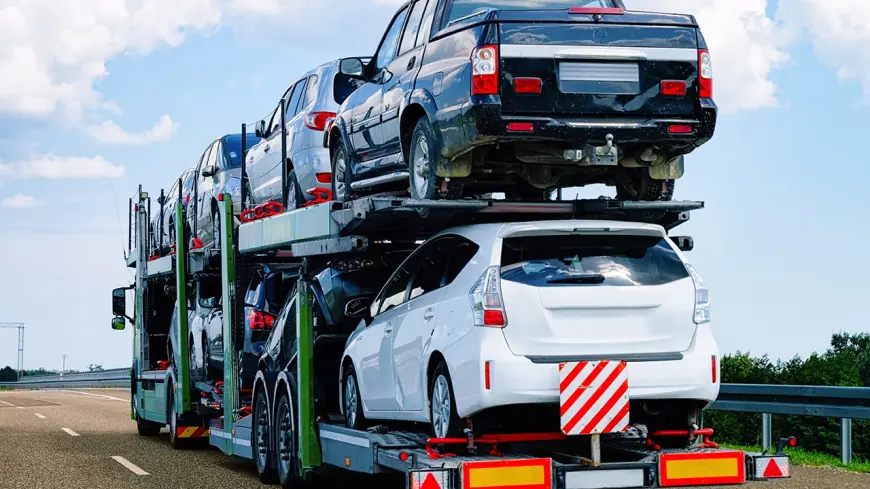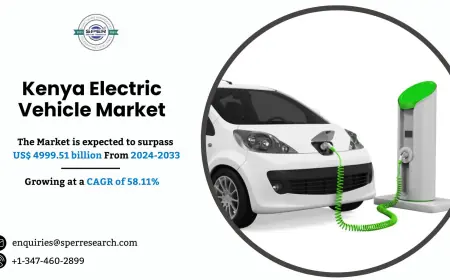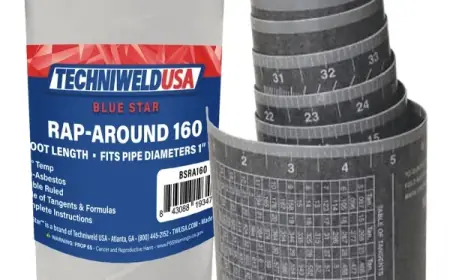Wheels Across the Miles: The Easiest Way to Ship Your Car
Open Carrier Car Shipping is the most popular and practical method for transporting vehicles. It’s affordable, widely available, and faster to schedule compared to enclosed shipping. Open carriers can transport multiple vehicles at once, making them cost-effective and efficient.
When it comes time to move a vehicle across the country—or even just across state lines—many people are faced with one question: What’s the easiest, safest, and most cost-effective way to ship my car? Whether you’re relocating, purchasing a vehicle online, or heading south for the winter, auto transport services offer convenience and peace of mind.
Among the various options available, Open Carrier Car Shipping is by far the most popular and accessible method. In this guide, we’ll break down what it is, why it’s the easiest way to transport your vehicle, how to prepare for shipping, and what to expect from the process.
What Is Open Carrier Car Shipping?
Open Carrier Car Shipping is a method of vehicle transport where cars are loaded onto an open-air trailer, usually accommodating 8–10 vehicles at once. These carriers are a common sight on highways and are used by dealerships, rental agencies, and everyday consumers alike.
This type of transport is:
-
Cost-effective
-
Widely available
-
Reliable and efficient
The open design of the trailer allows for easier loading and unloading, quicker transit times, and lower overall costs compared to enclosed shipping methods.
Why Open Carrier Car Shipping Is the Easiest Option
There are several reasons why Open Carrier Car Shipping has become the preferred method for most vehicle shipments:
1. Affordability
Because open carriers can haul more vehicles at once, the overall cost is distributed among multiple customers. This makes open transport significantly cheaper than enclosed options—often by hundreds of dollars.
2. Faster Scheduling
Open carriers are far more common than enclosed carriers, meaning more frequent trips, quicker pickups, and shorter wait times.
3. Widespread Availability
Nearly all auto transport companies offer open carrier services. It’s easier to find a carrier that fits your route and timeline.
4. Insurance Coverage
Reputable car shippers provide insurance during transit. Even though your car is exposed to the elements, damage is rare—and you’re covered if anything happens.
5. Simplicity
Booking a shipment takes just minutes online or over the phone. The carrier picks up your vehicle and delivers it to the designated address—no driving across the country or coordinating complicated drop-offs.
How the Process Works
Shipping a car using an open carrier involves a few straightforward steps:
Step 1: Request a Quote
Provide your vehicle details, pickup and delivery locations, and timeline. Most companies offer instant quotes online.
Step 2: Choose a Carrier
Once you get quotes, compare prices, reviews, and transit times. Select a company with a strong reputation and proper licensing.
Step 3: Prepare Your Vehicle
Clean your car, remove personal belongings, disable alarms, and document any existing damage with photos.
Step 4: Pickup
On the scheduled date, the carrier arrives to load your vehicle. You’ll complete a Bill of Lading, which documents the car’s condition before shipping.
Step 5: Transit
Your car is transported via open carrier, typically arriving within 2–10 days depending on the distance.
Step 6: Delivery and Inspection
Upon arrival, inspect your car for any damage and sign off on the final delivery paperwork.
How to Choose a Reliable Auto Transport Company
Not all car shipping companies are created equal. Here are a few tips to help you select a trustworthy provider:
-
Check Licensing: Ensure the company is registered with the FMCSA (Federal Motor Carrier Safety Administration).
-
Read Reviews: Look up real customer feedback on Google, Yelp, and the Better Business Bureau.
-
Compare Quotes: Don’t just go for the cheapest rate. Look at the overall service and reliability.
-
Ask About Insurance: Confirm what coverage is included and what your responsibilities are in case of a claim.
Tips to Make the Process Even Easier
-
Book Early: Especially during peak seasons like summer or holidays.
-
Be Flexible: If you can adjust your pickup window by a day or two, you may get a better rate.
-
Stay in Touch: Communication is key—make sure the transport company updates you during transit.
-
Avoid Lowball Offers: Extremely cheap quotes can indicate poor service or hidden fees.
Frequently Asked Questions (FAQ)
Q1: Is Open Carrier Car Shipping safe?
Yes. While your car is exposed to the elements, damage during open transport is very rare. Vehicles are secured tightly, and most carriers are fully insured.
Q2: How much does it cost to ship a car using open carrier transport?
Costs vary based on distance, vehicle size, and route, but average prices range from $500 to $1,200. Shipping from coast to coast typically falls on the higher end.
Q3: Can I put personal items in the car during shipping?
Most carriers discourage it, as personal items aren’t insured and add weight. If allowed, limit items to under 100 lbs and keep them in the trunk.
Q4: How long does it take to ship my car?
Shipping time ranges from 2 to 10 days, depending on the route. Local or regional trips may take just a few days, while cross-country transport may take a week or more.
Q5: What happens if my car is damaged during transport?
If damage occurs, it will be documented at delivery and covered by the carrier’s insurance. Always inspect the vehicle carefully and take photos at pickup and drop-off.

Final Thoughts: Let the Wheels Roll with Confidence
When you're relocating, buying a car from another state, or just want to avoid the long drive, Open Carrier Car Shipping is the easiest, most cost-effective solution. With minimal effort on your part, you can move your car safely across the miles and have it arrive right at your doorstep.
By choosing a reliable transport company, preparing your vehicle properly, and understanding the process, you can sit back, relax, and let the professionals handle the journey—saving you time, money, and stress.
-
What's Your Reaction?
 Like
0
Like
0
 Dislike
0
Dislike
0
 Love
0
Love
0
 Funny
0
Funny
0
 Angry
0
Angry
0
 Sad
0
Sad
0
 Wow
0
Wow
0


















































